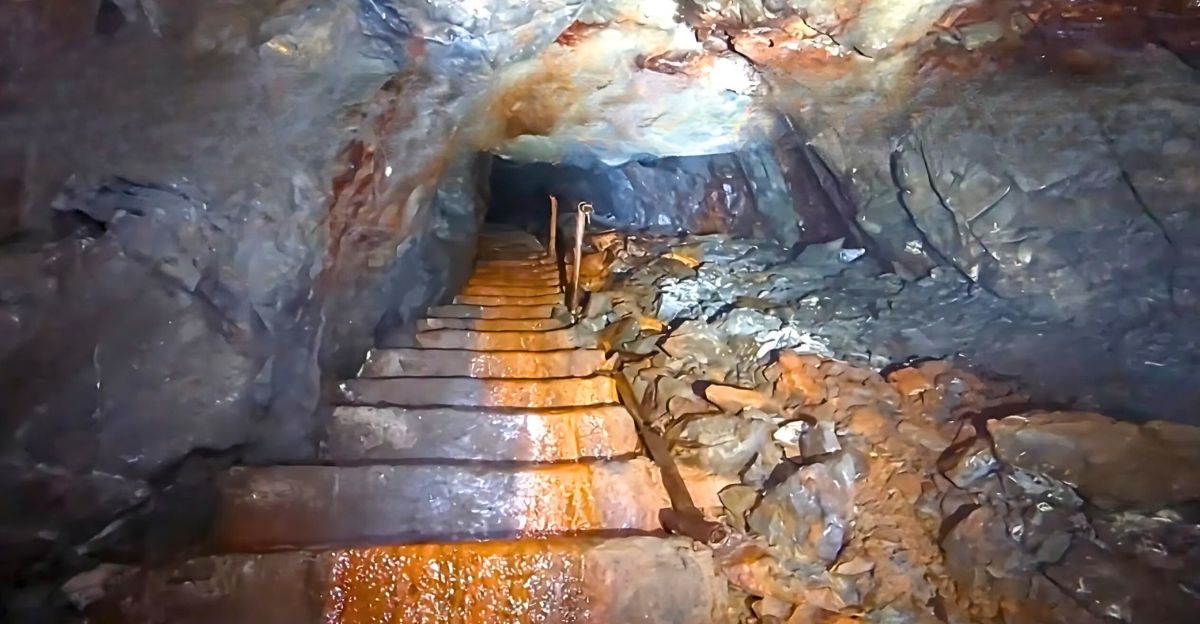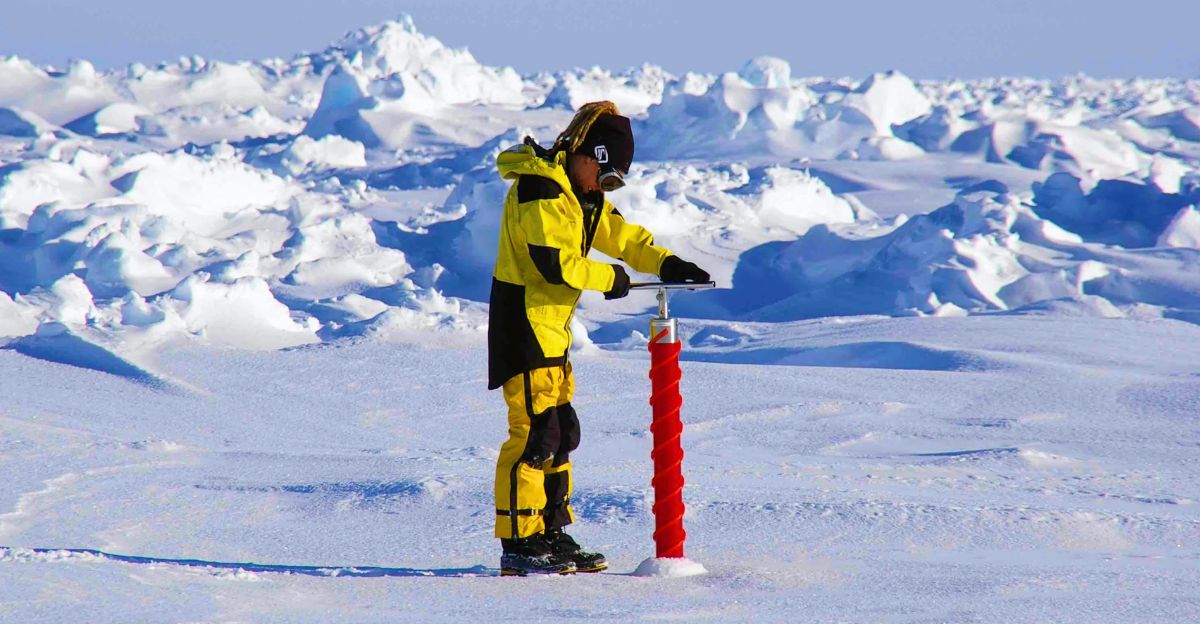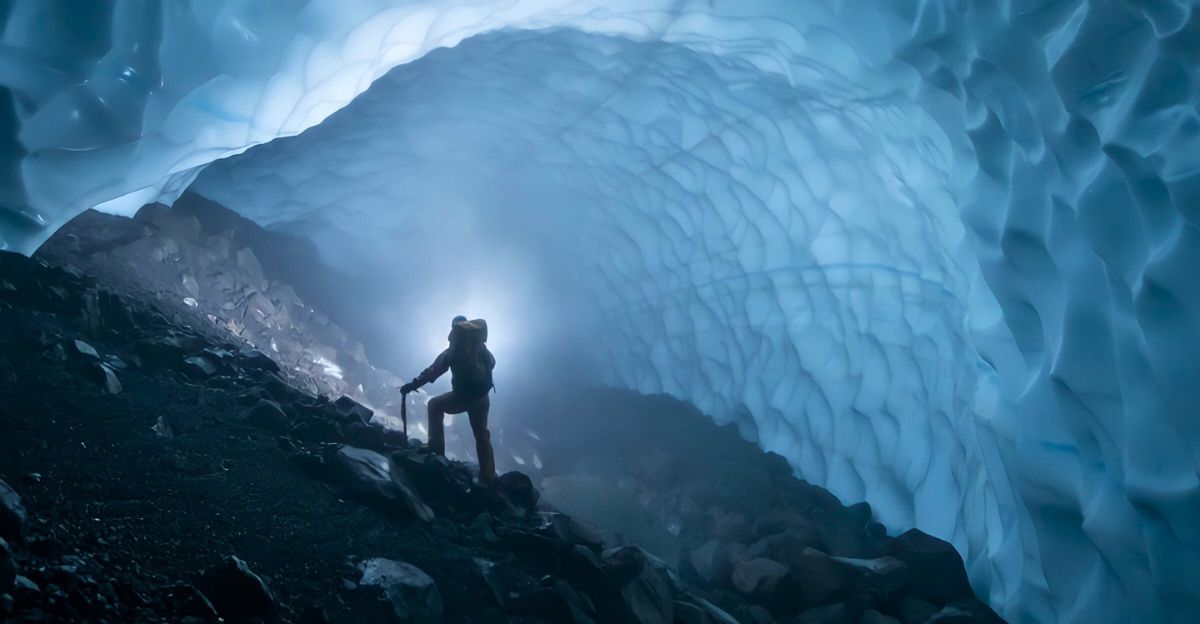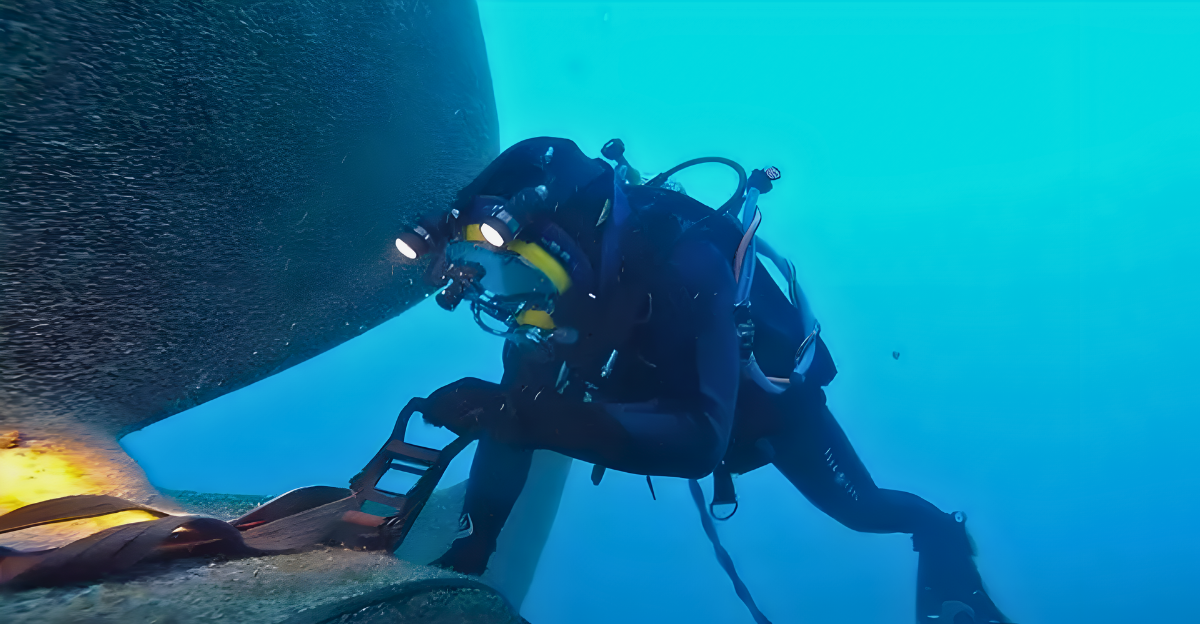
In June 2023, Harvard astrophysicist Avi Loeb led a daring mission to the ocean floor off Papua New Guinea. His goal? To recover what might be the first physical fragments of alien technology. Loeb and his team dredged up dozens of mysterious metal spheres from the ocean floor, pulled from the suspected path of a fireball known as IM1. He believes they may be debris from interstellar technology.
If that’s true, it could change everything about how we search for extraterrestrial life. The bold claim has ignited fierce debate, and the evidence is just as intriguing as the theory.
It All Started with a Fireball Named IM1
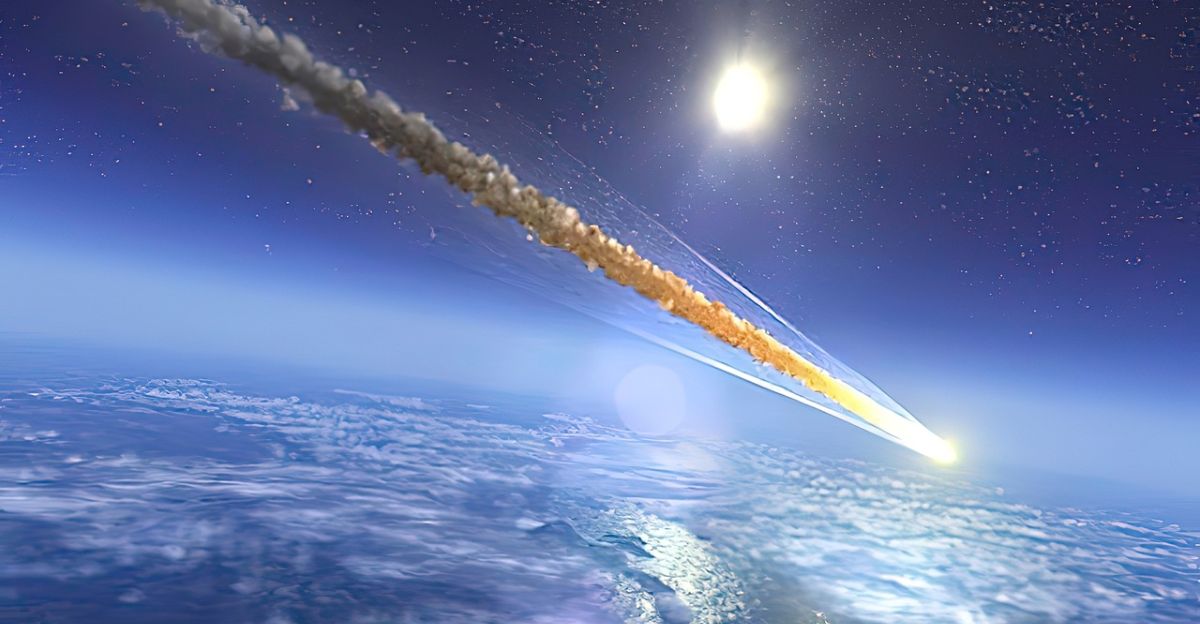
Back in January 2014, a blazing meteor tore through Earth’s skies over the Pacific Ocean. Unlike most space rocks, this one wasn’t local. U.S. Space Command later confirmed, with 99.999% confidence, that it came from outside our solar system. That made it interstellar.
Loeb and his team zeroed in on its impact site near Papua New Guinea, betting that pieces of it might still be resting on the ocean floor. And they were determined to find out what was left behind.
Hundreds of Tiny Spheres—and One Huge Mystery
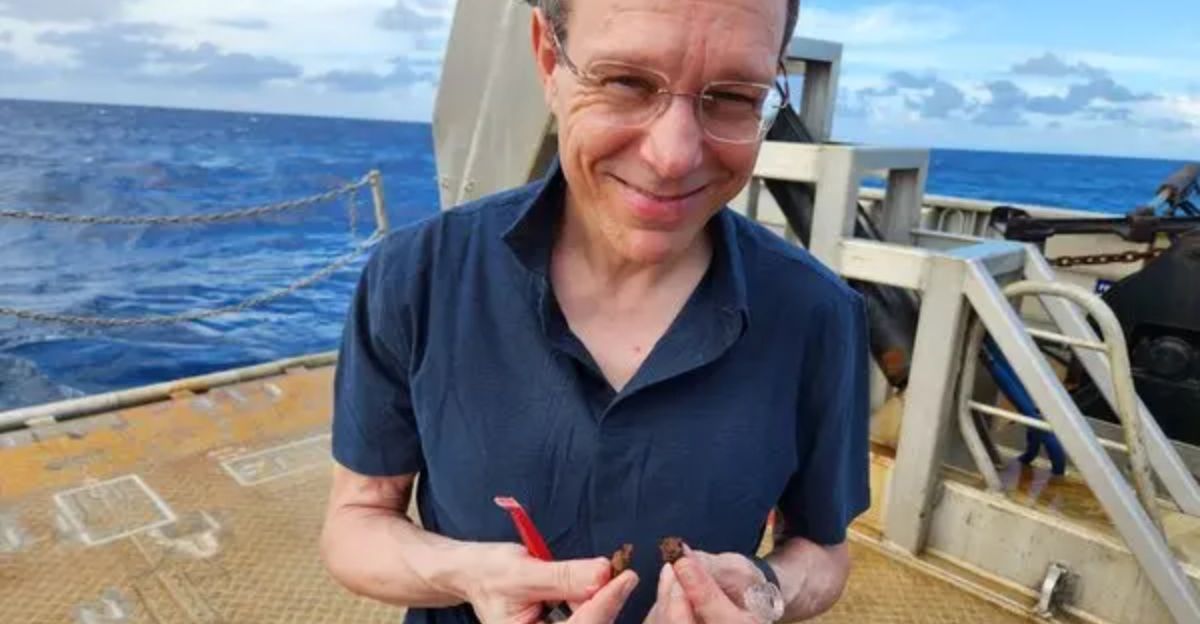
The team didn’t come back empty-handed. Loeb’s team recovered over 600 tiny metallic spheres, most under a millimeter wide. Smooth and glassy, they look like polished cosmic marbles. But their composition raised eyebrows. Lab analysis found unusually high levels of beryllium, lanthanum, and uranium, a combo known as “BeLaU.”
Loeb says this chemical blend hasn’t been seen in known meteorites or industrial waste. Critics, however, suggest the spherules might be pollution or fallout from nuclear testing. Still, no existing samples match their exact makeup. That leaves a mystery: if they’re not from Earth, and not from any known meteorite, what exactly are they?
The Galileo Project: Searching for Alien Tech on Earth
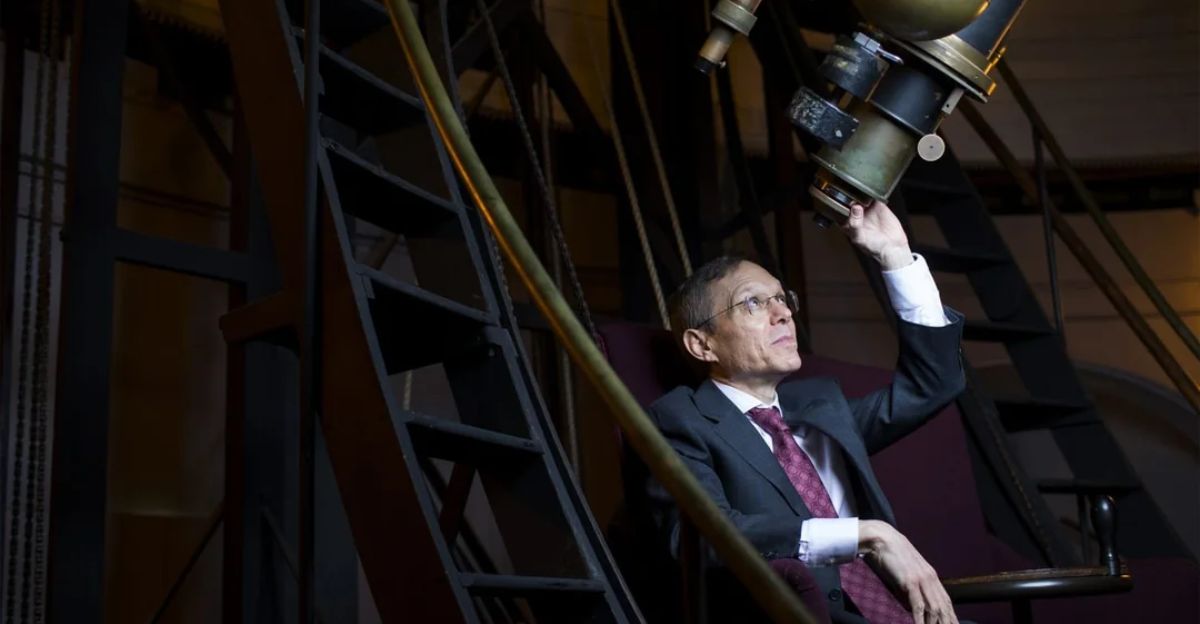
Loeb’s search is part of Harvard’s Galileo Project, a research initiative with an ambitious goal: to find hard evidence of alien technology here on Earth. The project aims to study unexplained aerial phenomena and search for “technosignatures” i.e. signs of non-human technology. Loeb insists on open data and invites peer review, but not everyone is impressed.
Some scientists see the effort as sensationalist. Others believe it’s time to break taboos around serious UFO research. Either way, Loeb’s mission is forcing academia to take a closer look at questions many scientists once avoided. And the debate is just getting louder.
Experts Push Back—Hard
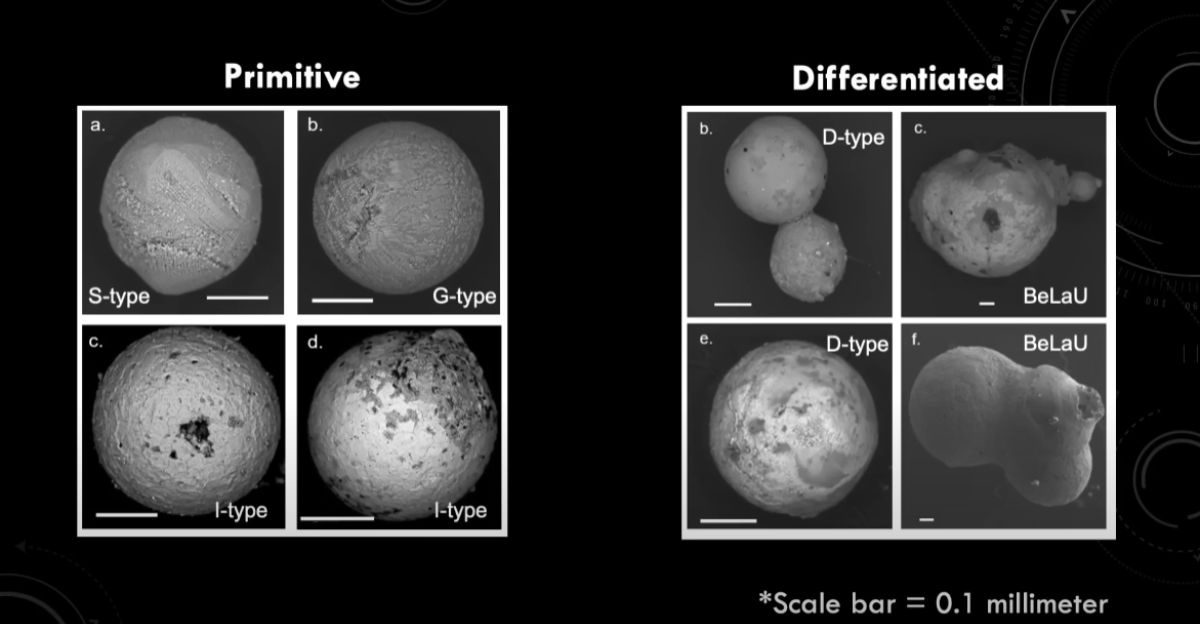
Many scientists have pushed back hard. Monica Grady, a respected planetary scientist, called Loeb’s theory “a very large scientific leap.” Magnetic spherules, they argue, are common on the ocean floor and often come from mundane sources. Some at Johns Hopkins even question whether the seismic signal Loeb used to locate the meteor’s crash site came from the meteor at all; they suggest it could have been something as ordinary as a truck passing by.
While Loeb’s defenders applaud his boldness, his critics warn against jumping to alien conclusions without more definitive proof. The skepticism is as loud as the headlines.
Meanwhile, the Internet’s Exploding

Outside the lab, the public can’t get enough. From YouTube breakdowns to Reddit deep-dives, Loeb’s IM1 findings have gone viral. Alien talk has moved from conspiracy corners to the cultural mainstream. Social media sleuths analyze his every update, and public fascination continues to grow.
For many, this is something bigger. The excitement, speculation, and disbelief have collided into a full-blown cultural phenomenon. While scientists continue to debate the evidence, everyday people are forming their own theories. The gap between public curiosity and academic caution is widening, and stories like Loeb’s are keeping that gap wide open.
Why We Want to Believe
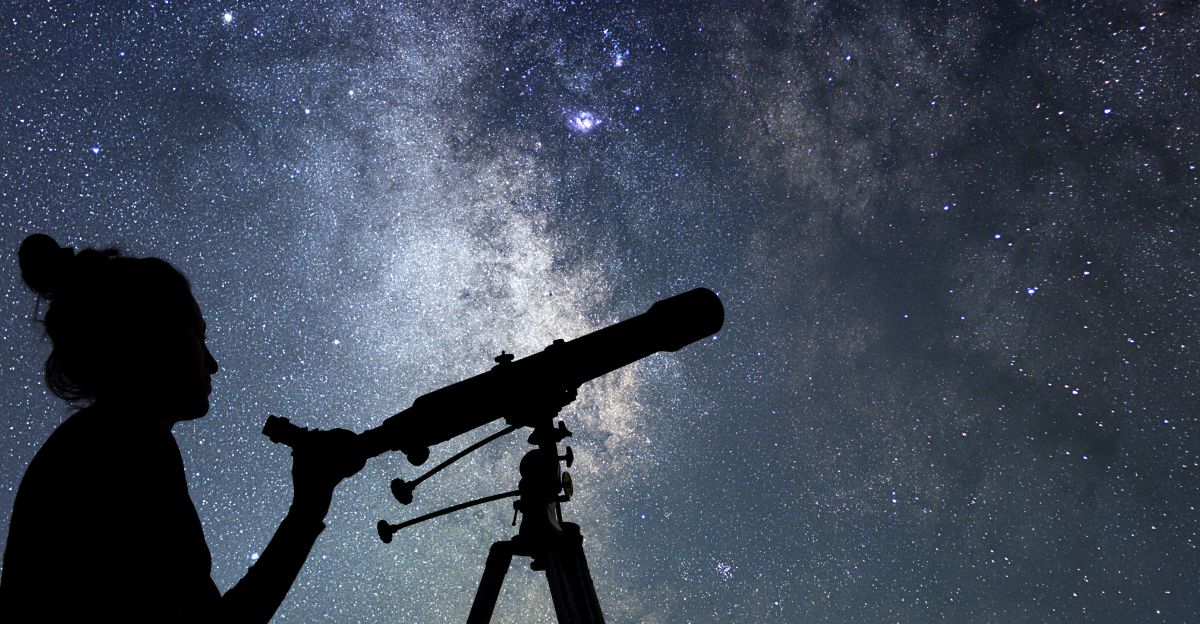
Humans are natural meaning-seekers. The idea that pieces of alien tech might be sitting on the ocean floor triggers something deep; curiosity, hope, even fear.
For some, it feels like long-awaited proof. For others, it raises disturbing questions about our place in the universe. The emotional pull of Loeb’s theory is just as powerful as the science behind it.
Even without confirmation, it’s forcing people to think differently about what’s possible. Whether we want answers, connection, or just something bigger than ourselves, stories like this stick. And that’s part of why they’re so hard to ignore—or dismiss.
What Happens If It’s Real?

Let’s say Loeb is right. What then? The confirmation of alien technology would rewrite science textbooks, but that’s just the start. It could reshape global politics, upend security strategies, and kickstart brand-new industries. Governments might fight over ocean salvage rights. Intelligence agencies could scramble for control. And the United Nations? It has no formal plan for contact with extraterrestrial life.
Even the possibility of Loeb’s claims being true is enough to shift priorities in defense, research, and international policy. Whether or not the spherules are alien, the mere idea is already sending shockwaves across every industry.
The Battle Inside Science Itself

Loeb’s expedition has exposed a growing rift in science. Traditionalists argue that research should be slow, rigorous, and careful. But Loeb favors a different approach: collect the data first, ask big questions later. Critics worry that his methods prioritize headlines over hard evidence.
Yet history shows that progress often starts with uncomfortable ideas and bold thinkers. From Galileo to Einstein, paradigm shifts rarely come from the middle of the road. Whether Loeb is ahead of his time or chasing shadows, his work is pushing science to confront its own boundaries, and maybe redraw them entirely.
We Might Not Know the Answer—But That’s the Point
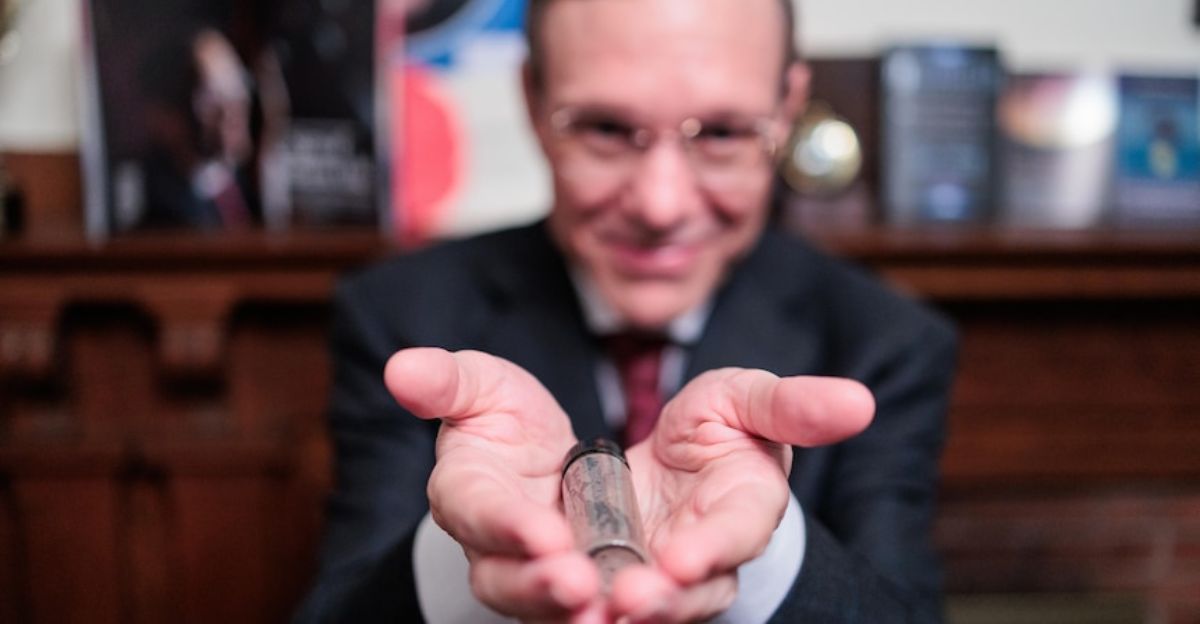
Here’s what we know: Loeb found something strange. Whether it’s alien debris, cosmic junk, or a new kind of natural phenomenon, we don’t have a final answer.
But maybe the search is just as important. It challenges assumptions, redefines what counts as evidence, and reminds us how little we understand about our planet, and the universe beyond it.
If we ignore the weird, we might miss something revolutionary. The truth may be buried beneath miles of ocean. Or it might lie in the questions we’re finally brave enough to ask. Either way, the real story is just beginning.

